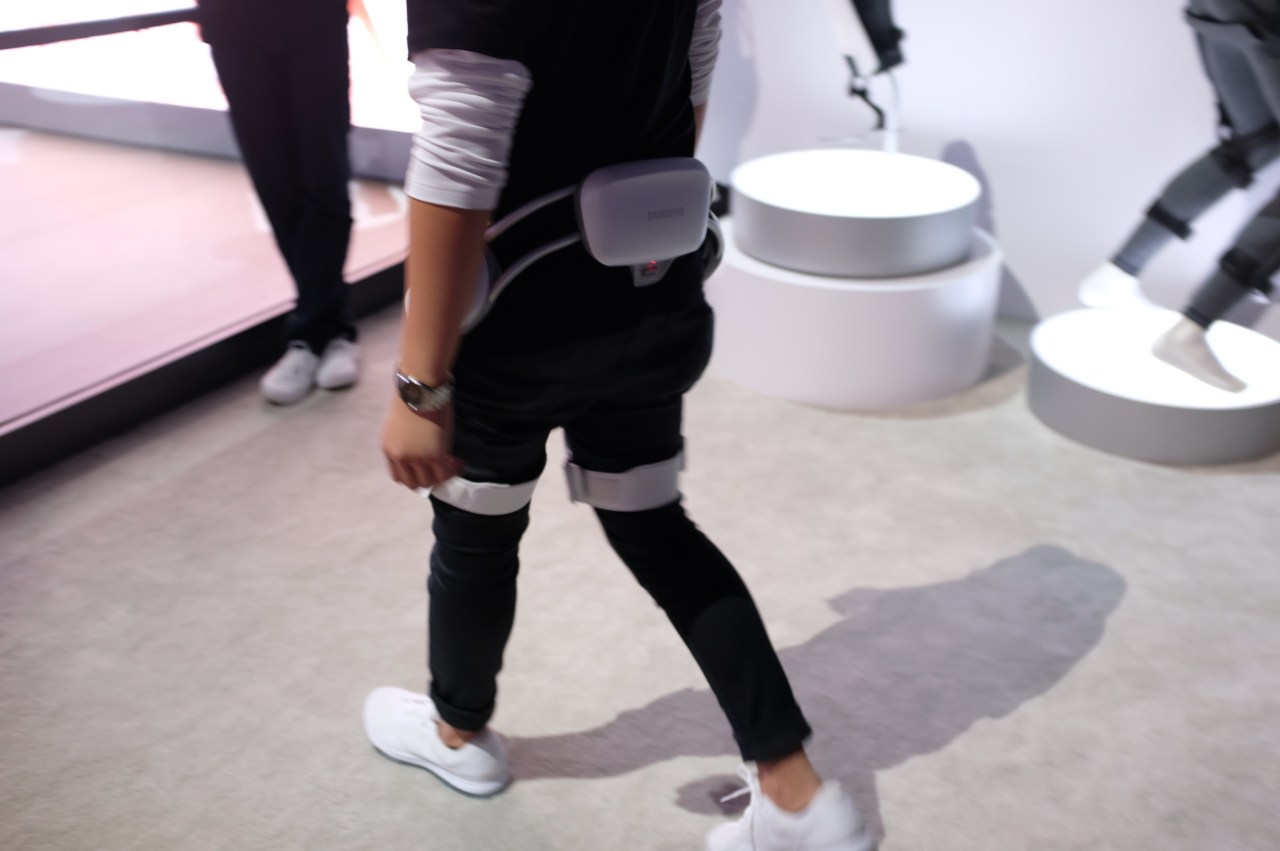The advent of robotic exoskeletons brings forth a thrilling intersection of technology and human capability. In a recent demonstration, Samsung introduced the Gait Enhancing and Motivation System (GEMS) at an industry expo, positioning itself as a key player in the burgeoning exoskeleton market. While the company’s tentative approach raised questions about its long-term commitment, the core functionality of the GEMS exoskeletons promises to redefine mobility for many individuals.
What is GEMS?
Samsung’s GEMS is a series of three distinct wearable exoskeletons designed to assist in mobility: the A (ankle), H (hip), and K (knee). Each variant targets specific muscle groups, catering to various needs—from rehabilitation to enhancing performance in physically demanding jobs. Their primary functions encompass:
- Walking Assistance
- Strength Enhancement
- Balance Improvement
By engaging key muscle groups, these devices can support wearers in their everyday activities or during rehabilitation processes, providing a promising glimpse into the future of mobility technology.
What Sets Samsung’s GEMS Apart?
While Samsung is not the first to venture into exoskeleton technology—companies like ReWalk, Ekso, and SuitX have made significant contributions—Samsung’s extensive resources and talent pool could provide an edge. A major advantage lies in the comprehensive research and development capabilities available to the company. If Samsung commits fully to this arena, it could translate its technological expertise into groundbreaking advancements.
A Walk in the Future
During hands-on demonstrations, I experienced the hip version of the GEMS exoskeleton. Described as feeling like “walking under water,” the resistance element was particularly engaging, simulating a workout that enhances muscle engagement. The assistive mode, initially subtle, became increasingly apparent when tackling stairs, making the experience noticeably more intuitive and effective.
Applications Beyond Rehabilitation
Exoskeleton technology holds immense promise beyond rehabilitation. With various sectors, from healthcare to manufacturing, looking to improve efficiency and reduce injury rates, these wearable systems could revolutionize the workforce. Companies are now investigating how exoskeletons can streamline labor-intensive tasks, potentially leading to enhanced productivity and safety for workers.
The Road Ahead
Looking forward, Samsung’s foray into exoskeletons raises compelling questions about how this technology will be integrated into its broader offerings, traditionally dominated by smartphones, televisions, and memory chips. Observers eagerly await further innovations and insights from Samsung regarding its strategic vision for GEMS.
Conclusion
As technology continues to rise, Samsung’s GEMS represents a significant advancement in wearable devices capable of enhancing human mobility. With its potential applications in rehabilitation and broad industrial use, the future of exoskeletal assistance looks promising. Observers and stakeholders alike are excited to see how Samsung will shape the future of this emerging technology.
At fxis.ai, we believe that such advancements are crucial for the future of AI, as they enable more comprehensive and effective solutions. Our team is continually exploring new methodologies to push the envelope in artificial intelligence, ensuring that our clients benefit from the latest technological innovations.
For more insights, updates, or to collaborate on AI development projects, stay connected with fxis.ai.

